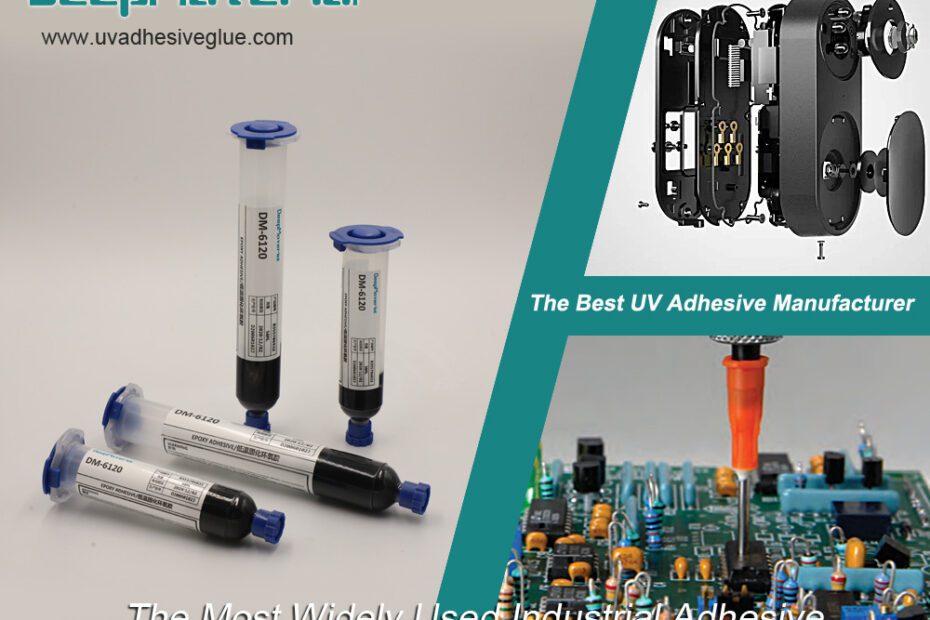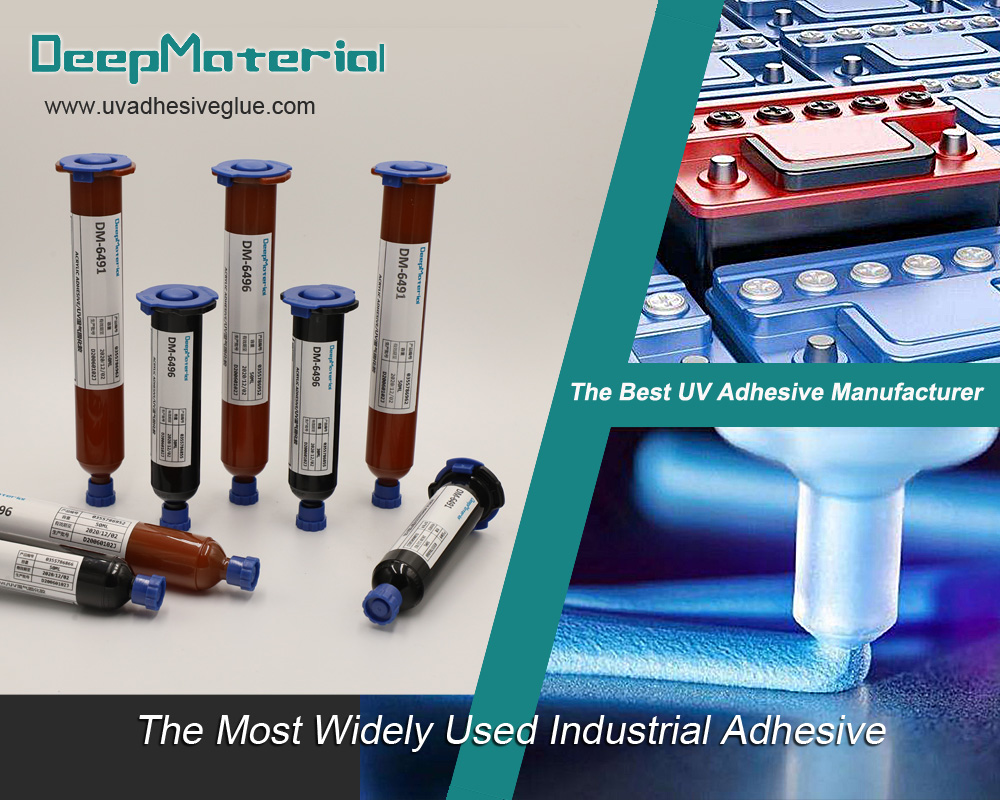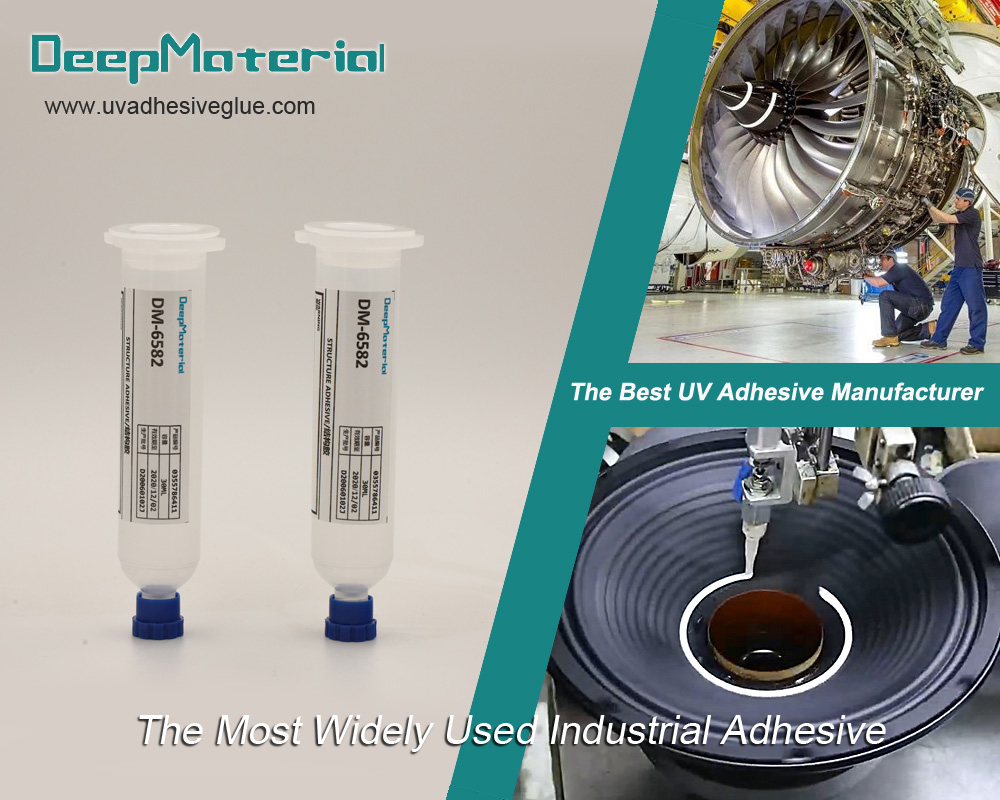How durable are electronic adhesives? Can they withstand vibrations and loads during electronic device usage?
Electronic adhesives are designed to be durable and able to withstand various environmental and mechanical stresses, including vibrations and loads during electronic device usage. However, the durability and performance of electronic adhesives can vary depending on factors such as adhesive type, application method, curing process, and operating conditions.
lueElectronic adhesives, also known as electronic bonding materials or electronic encapsulants, are designed to bond and protect electronic components and assemblies. The durability of electronic adhesives depends on several factors, including the type of adhesive, application method, curing process, and operating conditions. When chosen and applied correctly, electronic adhesives can provide excellent bonding and mechanical support for electronic components, ensuring they remain securely attached even when subjected to vibrations and loads. Here are some aspects that contribute to the durability of electronic adhesives:
Type of adhesive: There are various types of electronic adhesives, including epoxy adhesives, silicone adhesives, polyurethane adhesives, and acrylic adhesives. Each type has different properties, including durability. Epoxy adhesives, for example, are known for their excellent mechanical strength and chemical resistance, making them quite durable, making them suitable for applications requiring excellent load-bearing capacity. Silicone adhesives are more flexible and can absorb vibrations, making them ideal for applications where thermal cycling and movement are significant concerns. Polyurethane adhesives provide good resistance to moisture and mechanical stress, while acrylic adhesives offer a balance between flexibility and strength.
Curing process and Application method: Many electronic adhesives require a curing process to achieve their full strength and durability. The curing process may involve heat, UV light, moisture, or a combination of these. Proper curing is essential to maximize the adhesive’s strength and durability. Incomplete or improper curing can lead to weaker bonds, compromising the adhesive’s ability to withstand vibrations and loads.Please following the recommended application procedures by Manufacturers and curing protocols to ensure the adhesive bonds effectively and withstands the expected stresses during device usage.
Bonding surfaces: The materials being bonded also play a significant role in determining the adhesive’s durability. Adhesives need to adhere well to different substrates like metals, ceramics, plastics, and glass, and the compatibility with these materials can impact the overall performance. The materials being bonded and their surface preparation play a crucial role in the durability of the adhesive bond. Clean, dry, and properly prepared surfaces ensure better adhesion and mechanical performance.
Stress resistance: Electronic components and assemblies can experience various stress factors during their lifetime, such as thermal cycling, vibration, and mechanical shock. The adhesive should be able to withstand these stresses without losing its bond integrity.
Operating conditions: The durability of electronic adhesives can vary depending on the environmental conditions they are exposed to. Factors such as temperature fluctuations, humidity, chemical exposure, and mechanical stress can affect the performance of the adhesive over time. Adhesives designed for harsh environments are formulated to withstand these challenges and maintain their integrity.
Testing and validation: Manufacturers subject electronic adhesives to various tests to validate their durability under simulated usage conditions. These tests may include vibration testing, mechanical shock testing, thermal cycling, and load-bearing tests to ensure the adhesive can withstand the stresses encountered during electronic device operation.
Environmental resistance: Electronic adhesives are designed to be resistant to environmental factors such as temperature variations, humidity, and chemical exposure. This resistance helps maintain the adhesive’s mechanical properties and overall durability over time.
To ensure the durability of electronic adhesives in specific applications, manufacturers conduct rigorous testing and validation to verify their performance under different conditions, including mechanical stress testing and environmental simulations.
Overall, when properly selected, applied, and cured, electronic adhesives offer reliable bonding solutions that can withstand vibrations and loads during electronic device usage, contributing to the devices’ long-term performance and reliability. While electronic adhesives are designed to be durable, there may be specific limitations based on the application and the device’s operating conditions. For critical applications or unique requirements, it’s advisable to consult with adhesive manufacturers or conduct specific tests to ensure the adhesive’s suitability for the intended use.
Yes, electronic adhesives are designed to withstand vibrations and loads during electronic device usage. The ability of an adhesive to resist these mechanical stresses is an important consideration in electronic applications, especially in devices that may experience constant movement, shocks, or vibrations.
Certain types of electronic adhesives, such as epoxy and polyurethane adhesives, are known for their high mechanical strength and good resistance to vibrations. These adhesives can effectively bond components to substrates and provide stability to the overall assembly. They are commonly used in electronic devices, such as printed circuit boards (PCBs), where components need to remain securely attached even when subjected to mechanical stress.
In addition to selecting the appropriate adhesive type, other factors that contribute to the adhesive’s ability to withstand vibrations and loads include:
Proper surface preparation: Ensuring the bonding surfaces are clean, dry, and free from contaminants is essential for achieving a strong bond. Proper surface preparation enhances the adhesive’s adhesion and helps improve its resistance to mechanical stresses.
Curing process: As mentioned earlier, the curing process is crucial for the adhesive’s overall performance. Adequate curing enhances the mechanical strength of the adhesive, making it more resistant to vibrations and loads.
Adhesive thickness and coverage: Proper application of the adhesive, ensuring sufficient coverage and an appropriate adhesive thickness, is necessary to provide optimal support and mechanical stability.
Mechanical properties: Electronic adhesives are formulated with specific mechanical properties to ensure they maintain their bond integrity under mechanical loads and vibrations. The adhesive’s mechanical properties, including tensile strength, shear strength, and flexibility, are key factors in determining its ability to withstand vibrations and loads. They have high shear strength, peel strength, and impact resistance, which help them hold components firmly in place and absorb shocks and vibrations.
Design considerations: The design of the electronic device and the distribution of components can also impact how well the adhesive handles vibrations and loads. Properly distributed and secured components reduce stress concentration on specific areas.
Environmental conditions: The environmental conditions under which the device operates can influence the adhesive’s performance. High humidity, temperature fluctuations, and exposure to chemicals can affect the adhesive’s mechanical properties over time.
It’s important for manufacturers to test and validate the performance of electronic adhesives under specific usage conditions to ensure they meet the required standards for durability, especially when devices will experience significant vibrations and mechanical loads during operation.
In general, when properly selected, applied, and cured, electronic adhesives can provide robust bonding and protection for electronic components, making them well-suited for electronic device usage where vibrations and loads are expected, helping to extend the lifetime and reliability of electronic devices. Manufacturers often conduct extensive testing to ensure the durability of their adhesive products under specific conditions. If you have a specific application or type of adhesive in mind, it’s essential to consult with adhesive manufacturers or suppliers to choose the most appropriate product for your needs.
For more about choosing the electronic adhesive,you can pay a visit to DeepMaterial at https://www.uvadhesiveglue.com/for-electrical-appliances/ for more info.


